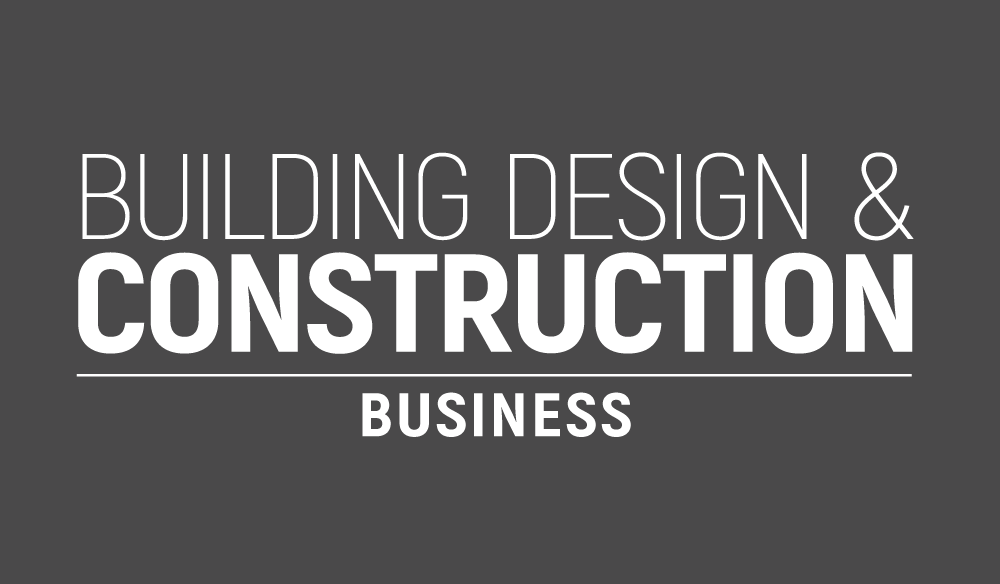Let’s be honest – most people have homeowners insurance because their mortgage company makes them have it, not because they actually understand what the thing covers.
You’re probably paying hundreds or even thousands of dollars a year for this policy, but if someone asked you right now to explain what’s actually covered versus what’s not, you’d probably just shrug and say “I dunno, fire and stuff?”
That’s totally normal, by the way. Insurance policies are written in this weird legal language that makes your eyes glaze over after about two sentences. But understanding what you’re actually paying for is pretty important, especially when something goes wrong and you need to file a claim.
So let’s break this down in plain English, starting with one of the most common questions people ask after their first major storm: does insurance cover roof leaks? The short answer is yes, but only if the leak is from sudden damage like a fallen tree or storm damage, not from gradual wear and tear.
Dwelling Coverage: Protecting Your Actual House
This is the big one – the coverage that pays to rebuild or repair your actual house if something happens to it. We’re talking about the structure itself: walls, roof, floors, built-in appliances, and anything that’s permanently attached to your home.
If a fire burns down half your house, a tornado rips off your roof, or a tree crashes through your living room, dwelling coverage is what pays to fix or rebuild everything. Most policies cover your home for either its replacement cost or actual cash value, and replacement cost is definitely what you want if you can get it.
The tricky part is making sure you have enough dwelling coverage. If your house would cost $300,000 to rebuild but you only have $200,000 in coverage, you’re gonna be in for a really unpleasant surprise if something major happens.
Personal Property: All Your Stuff Inside
This covers basically everything you own that’s not permanently attached to your house. Furniture, clothes, electronics, kitchen gadgets, books, jewelry – if you could theoretically pack it up and take it with you when you move, it’s probably covered under personal property.
The standard coverage is usually 50% to 70% of your dwelling coverage amount, which sounds like alot until you actually start adding up what all your stuff is worth. Go walk through your house sometime and try to estimate what it would cost to replace everything you own. It’s probably way more than you think.
Most policies will pay either actual cash value or replacement cost for your personal property. Actual cash value means they factor in depreciation, so your five-year-old laptop might only be worth $200 even though it’ll cost $800 to replace it. Replacement cost coverage costs more but actually pays to replace your stuff with new items.
Liability Protection: When Someone Gets Hurt or Sues You
This is probably the most important coverage that nobody thinks about until they need it. Liability coverage protects you when someone gets hurt on your property or when you accidentally damage someone else’s property.
Say your neighbor slips on your icy sidewalk and breaks their wrist. Or your kid hits a baseball through someone’s window. Or your dog decides the UPS driver looks suspicious and takes a bite out of his leg. All of these situations could potentially cost you thousands or even tens of thousands of dollars in medical bills, legal fees, and damages.
Liability coverage typically starts at around $100,000, but honestly, that’s probably not enough in today’s lawsuit-happy world. Bumping it up to $300,000 or $500,000 usually doesn’t cost that much more and gives you way better protection if something serious happens.
What’s Usually NOT Covered (This Part’s Important)
Here’s where people get surprised and sometimes screwed over. Standard homeowners insurance typically doesn’t cover floods, earthquakes, sinkholes, or damage from poor maintenance. If your basement floods because of heavy rain, you’re probably out of luck unless you have separate flood insurance.
Gradual damage is another big exclusion. If your roof has been slowly leaking for months and finally causes water damage to your ceiling, that’s probably not covered because it’s considered a maintenance issue, not a sudden accident.
Business-related losses usually aren’t covered either. If you run a business from home and someone steals your work computer, don’t expect your homeowners policy to pay for it. You’d need separate business insurance for that.
The Types of Perils That Are Covered
Most homeowners policies cover what insurance companies call “named perils” or “open perils.” Named perils policies only cover specific things that are explicitly listed, like fire, theft, vandalism, and storms. Open perils policies cover everything except what’s specifically excluded.
Fire and lightning are pretty much always covered, along with theft, vandalism, and damage from vehicles or aircraft. Most policies also cover damage from wind, hail, and falling objects like trees or meteorites (yes, meteorite damage is actually a thing that’s covered).
Water damage gets tricky because it depends on the source. Sudden water damage from burst pipes or storm damage is usually covered, but flooding from outside sources typically isn’t.
The Bottom Line: Know What You’re Paying For
Look, homeowners insurance is complicated, and every policy is different. But understanding the basics of what’s covered and what’s not can save you from some really unpleasant surprises when you actually need to use your insurance.
Take some time to read through your policy or at least have a detailed conversation with your insurance agent about what you have and whether it’s adequate for your situation. It’s boring, but it’s way less boring than finding out you don’t have enough coverage after disaster strikes.
Remember, the cheapest policy isn’t always the best deal if it leaves you exposed to major financial losses. Make sure you understand what you’re getting for your money and whether it actually protects you from the risks you’re most worried about.





